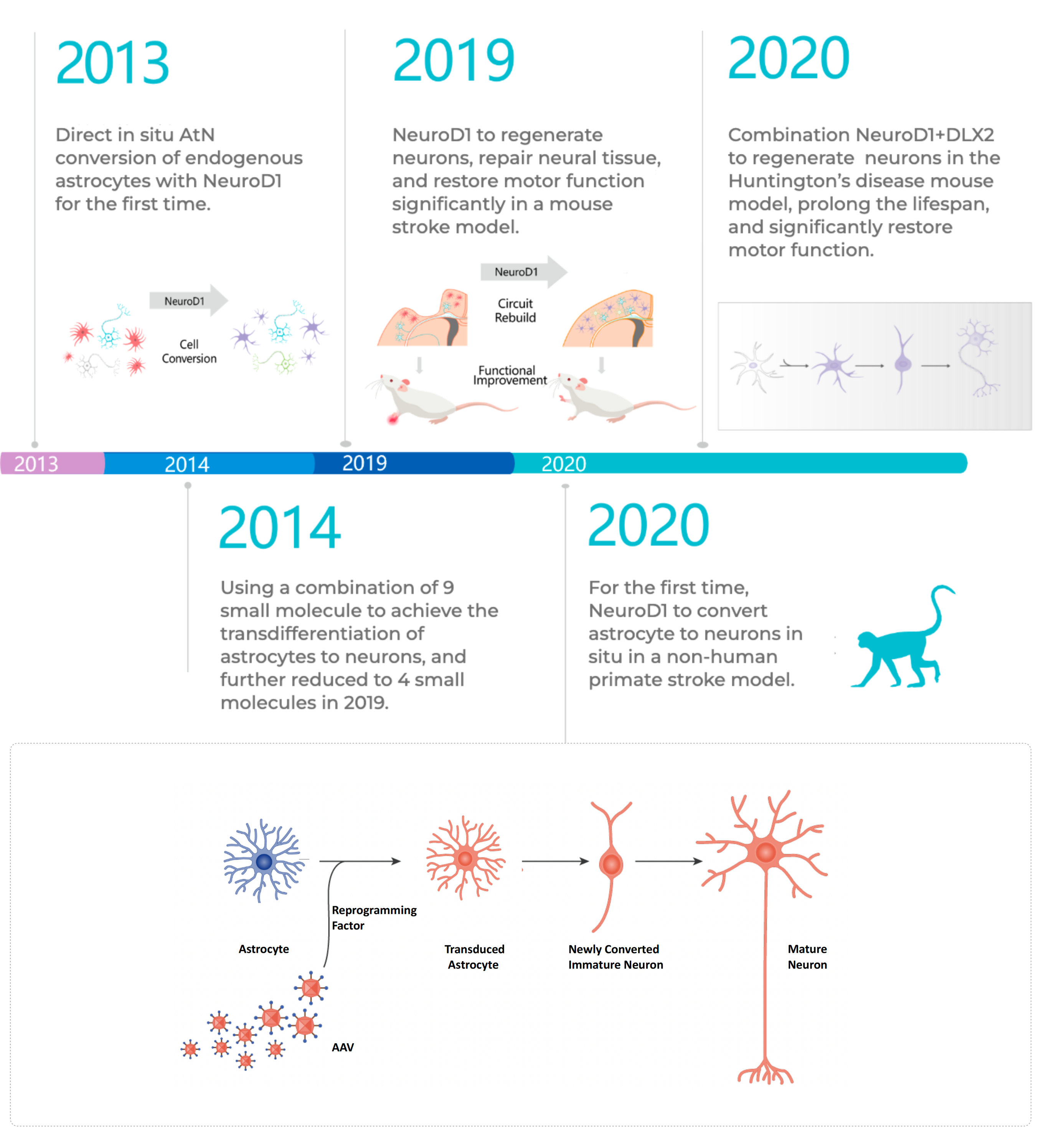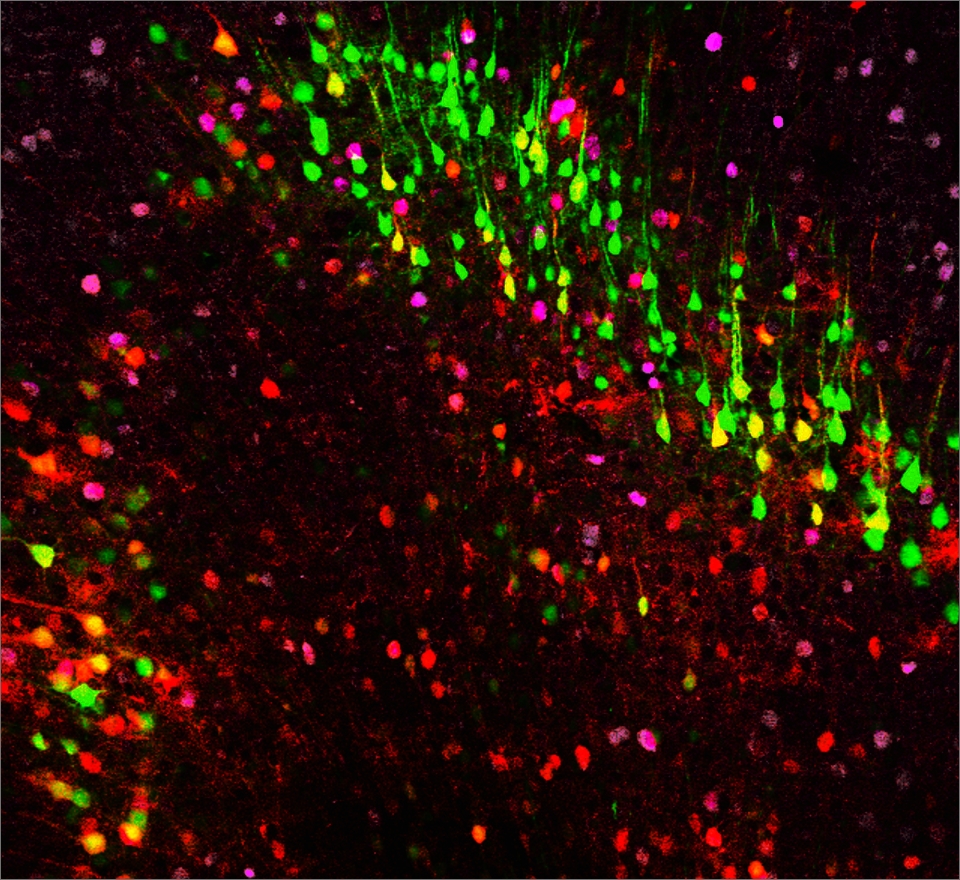Loss of functional neurons is the common feature of neurodegenerative diseases and acute neural injuries. The inability of neurons to replenish themselves brings the greatest challenge in the treatment of neurological disorders. Regeneration of functional neurons has been the long-time pursuit of the researchers in academia and industry.
Neural tissues contain two major types of cells, neurons and surrounding supportive glial cells such as astrocytes. While neurons cannot divide or replenish themselves, glial cells can. Since both are derived from neural stem cells, neurons and astrocytes share many similar traits. Taking advantage of their similarity, NeuExcell's in situ ATN ASTROCYTES TO NEURONSTM platform technology can be applied to generate neurons from these glial cells in diseased or injured tissues where neurons have died. With large quantities of glial cells available at neural lesion sites, this ATN ASTROCYTES TO NEURONSTM platform technology can generate abundant functional new neurons to repair the damaged neural tissue and restore lost neural functions. Preclinical studies have shown success in stroke animal models and Alzheimer's disease (AD) models where neural tissues have been repaired, motor function and cognitive deficits have been mitigated, and life span has been significantly extended. Our ATN ASTROCYTES TO NEURONS TM platform assists the research and development of novel therapies for the treatment of a variety of neurodegenerative diseases. In 2021 NeuExcell Therapeutics entered a strategic research collaboration with Spark Therapeutics (a member of the Roche group) utilizing technology developed from our ATN ASTROCYTES TO NEURONS TM platform to develop novel gene therapies for neuronal diseases including Huntington's Disease. In 2025, NeuExcell Therapeutics advanced our neuroregeneration technology to clinical stage, initiating the first-in-human trial on patients suffering from Alzheimer's disease.




NeuExcell's in situ neuroregeneration technology developed from ATN ASTROCYTES TO NEURONS (TM) platform uses AAV as a vector to locally deliver neural transcription factors to specific regions. The neurons derived from astrocytes are the correct subtypes for the target region. This technology can be used to treat various neurodegenerative diseases including common and rare diseases.